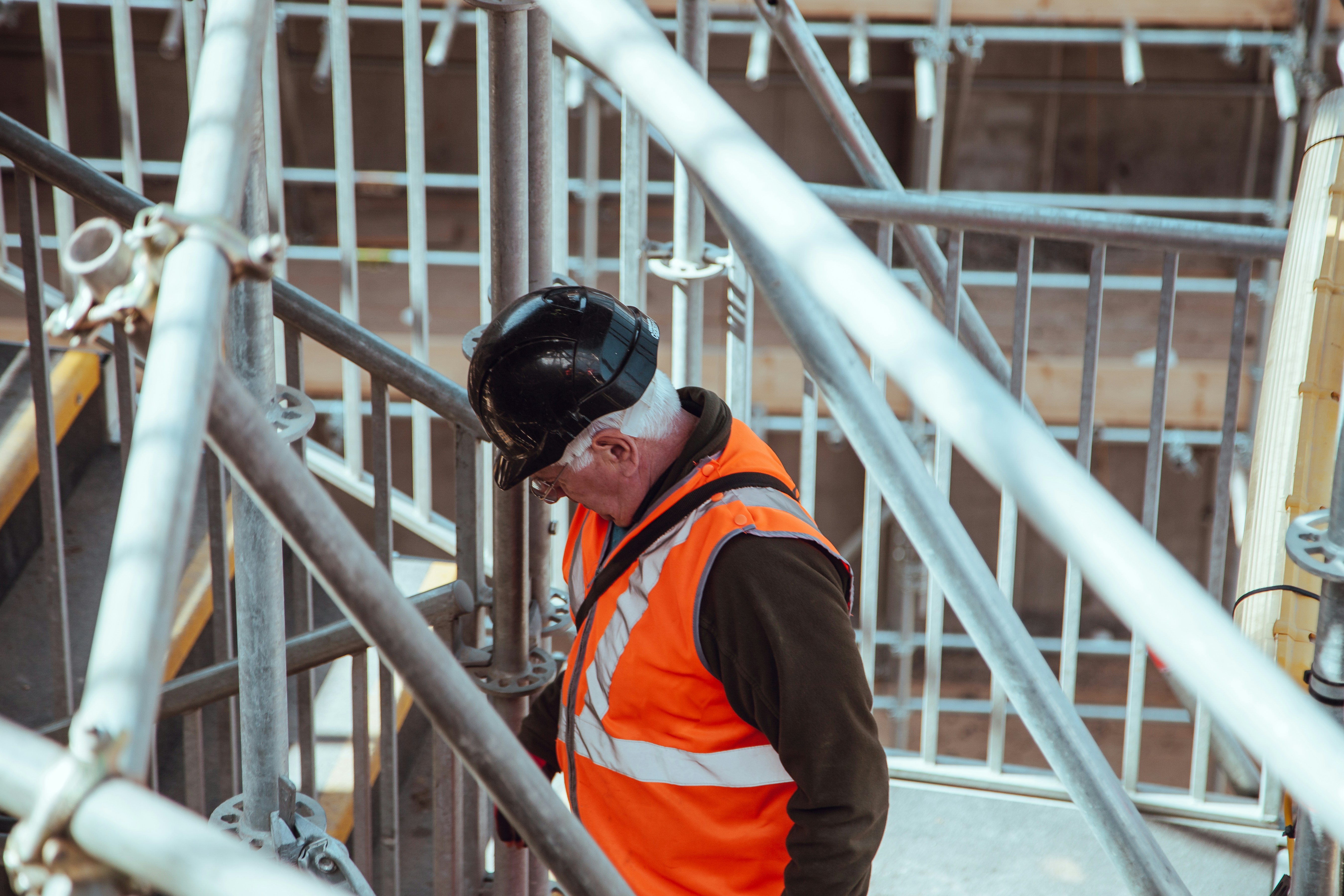
As cities continue to grow and evolve, the infrastructure that supports them, particularly roadways, must also advance. The future of urban roadway construction is on the cusp of a revolution, leveraging new materials, innovative design philosophies, and emerging technologies to create roads that are not only more durable and efficient but also smarter and more sustainable. This exploration into the future of urban roadway construction will dive into what tomorrow may hold for the streets beneath our feet.
Eco-Friendly Innovations
Urban roadway construction is not just about durability and efficiency; it’s also about sustainability. Innovations such as permeable pavement that allows water to pass through, reducing runoff and pollution, and solar roads that generate electricity, are making roadways greener and more energy-efficient.
In the endeavor to make road construction more efficient and environmentally responsible, the adoption of electric paver equipment presents a forward-thinking approach. This technology not only reduces the carbon footprint of construction activities but also enhances the precision and speed of the paving process, laying the groundwork for the urban roads of the future.
Smart Roads
The integration of technology into roadway construction paves the way for ‘smart roads’. These roads can communicate with vehicles, providing real-time data on traffic conditions, weather-related hazards, and even the road’s own health. Embedded sensors and IoT technologies are the keystones of this futuristic vision, promising to enhance safety and improve traffic flow.
Modular and Adaptive Design
Roadway design is taking a flexible turn with modular construction techniques that allow for rapid changes and repurposing of roadways as needed. This approach can quickly adapt urban roads to changing traffic patterns, special events, or emergency situations, underscoring the demand for adaptable urban environments.
Materials of Tomorrow
The quest for more resilient and longer-lasting road materials is leading to groundbreaking discoveries. From high-performance concrete that heals its own cracks to super-flexible asphalts that can adapt to temperature changes, the materials of tomorrow promise roadways that demand less maintenance and provide longer service lives.
Advanced Traffic Management Systems
Alongside physical innovations in roadway construction, advancements in traffic management systems offer promising prospects for the future. Utilizing AI and machine learning, these systems can optimize traffic flow, reducing congestion and the environmental impact of urban transport. Coupled with smart road technologies, traffic management systems of the future could dynamically adjust traffic signals, lane assignments, and speed limits in real-time, based on current conditions.
3D Printing and Automated Construction
The application of 3D printing technology in roadway construction is not a far-off dream; it’s an impending reality. Coupled with automated construction techniques, 3D printing promises to accelerate road-building processes, reduce labor costs, and even create more complex structures tailored to specific environmental conditions.
Self-Healing Surfaces
Imagine a world where potholes mend themselves. Advancements in self-healing asphalt and concrete incorporate microcapsules filled with repair agents that are released when cracks begin to form, automatically filling and sealing the damage without human intervention. This not only reduces maintenance costs but also increases the safety and reliability of urban roads.
Collaborative Urban Mobility
As we look toward the future, the concept of collaborative urban mobility emerges as a key component of smart city ecosystems. This approach integrates different modes of transportation, from private vehicles to public transit, and new forms of mobility such as e-scooters and shared bikes, into a cohesive, efficient network. Enabled by smart road infrastructure, collaborative urban mobility can significantly enhance accessibility and convenience for all city dwellers, marking a step toward more livable and sustainable urban environments.
Digital Twins for Urban Planning
Emerging in the realm of urban development is the concept of ‘digital twins‘, virtual replicas of physical entities, including roadways. This technology provides a powerful tool for urban planners and engineers, allowing them to simulate and analyze the impact of different construction projects and traffic management solutions in a virtual environment before implementing them in the real world. This could significantly reduce unforeseen complications during construction and lead to more efficient roadway designs.
Final Thoughts
The roads of the future will be more than just pathways from one point to another. They will be smart, sustainable channels that not only support the transportation needs of urban areas but also contribute to environmental conservation and urban aesthetics. While the journey toward these advancements is still underway, the direction is clear, promising cities that are not only more connected but also more resilient and respectful of the planet. As urban landscapes continue to evolve, so too will the roadways that bind them, guiding us toward a future where the journey is just as important as the destination.



